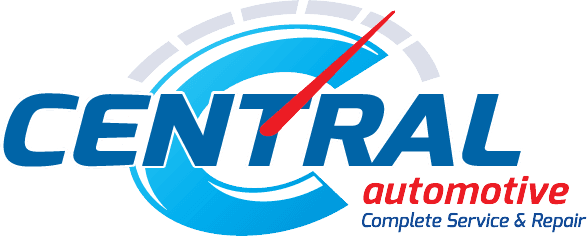Your car is important to you and keeping it running properly is critical to your Kent lifestyle. That’s why you’re smart to have it serviced regularly at Central Avenue Automotive in Kent. And even though it may just be routine maintenance, you want it done right by automotive professionals.
It’s also very important to your Kent service center to keep you happy and on the road. You might be surprised at the amount of money our Kent auto service center spends annually to make sure our considerate service advisors are properly trained.
Central Avenue Automotive offers a variety of automotive services for many kinds of vehicles. We need to be current on the latest techniques and parts so that we can give you quality service. Our Kent centers subscribe to data services that list the high quality parts and fluids recommended by your manufacturer.
And each service has a checklist of standard procedures. Central Avenue Automotive technicians follow these procedures so they can safely deliver a consistent level of high-quality service.
Some services at Central Avenue Automotive require the use of specialized equipment. Central Avenue Automotive technicians are trained extensively on this equipment so that they can service your car quickly and efficiently.
Classroom, video and hands-on training is provided by the company and outside trainers. It’s not only important that considerate service advisors be able to perform a given task, they also need to be thoroughly trained in inspection and diagnostic techniques. One of the great services they perform is to detect potential problems before they become serious (and costly).
The automotive service industry has standards for classifying and communicating problems to drivers. For example, it’s one thing to learn that your manufacturer recommends that you change your serpentine belt every 30,000 miles and another to learn that the belt is on the verge of failure. These standards help you understand the urgency of recommendations, letting you make better automotive service decisions.
WA folks may be interested to know that service technicians are trained in compliance with federal and local Kent laws and regulations, including environmental regulations regarding the disposal of used parts and fluids.
It’s the goal of Central Avenue Automotive to provide fast, courteous service. You should feel free to ask your technician or one of the managers about your service or for more information about their recommendations.
Well-trained service providers, established procedures, industry standards, and, of course, AutoNetTV, combine to give you the best service experience possible.






